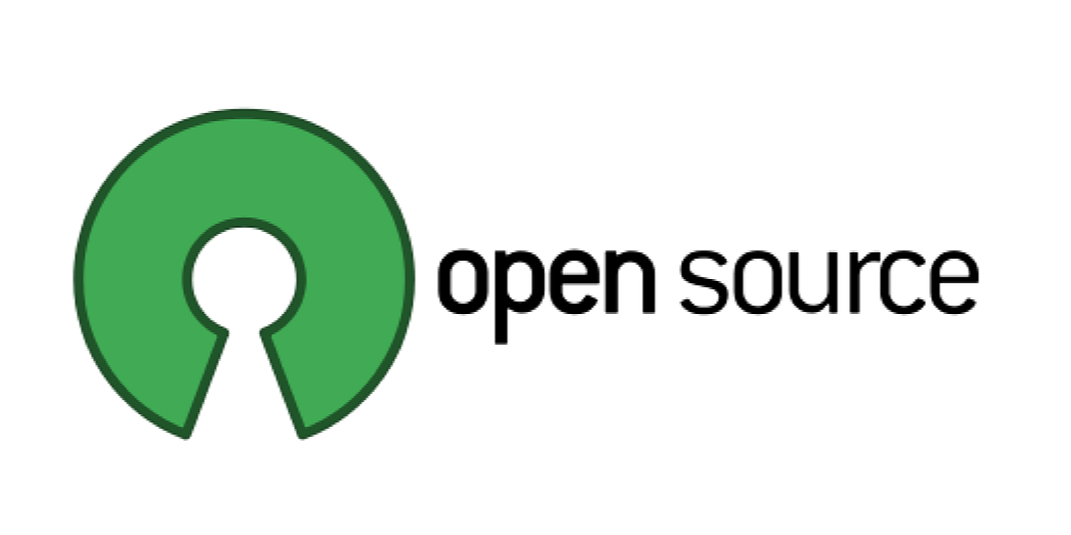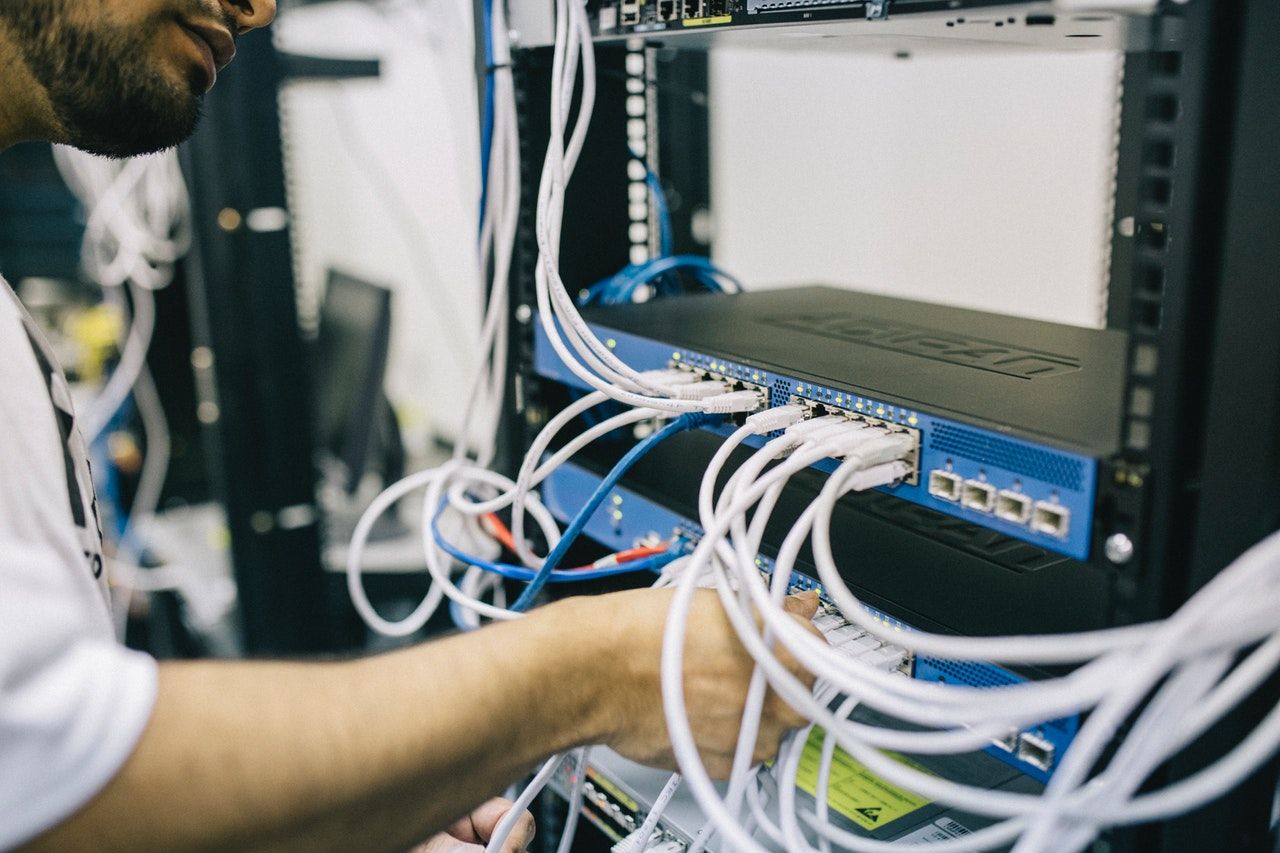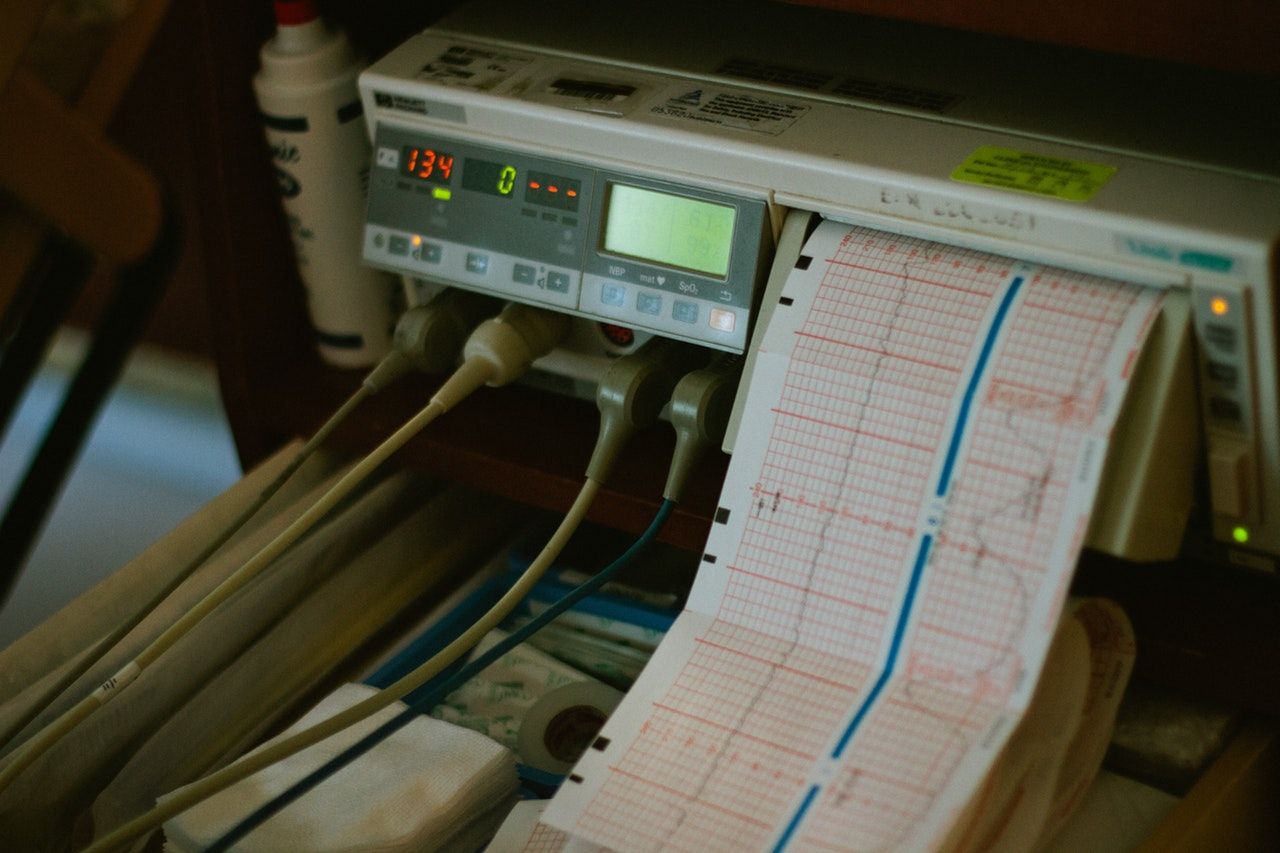Why Linux is Better for HealthCare
Table of Content
Linux has been prevailing in many sectors, but one of the most demanded ones was health care. In health care, Linux provides an extremely valuable environment to host other software solutions on the top of it to truly empower the organization or company's needs.
The reason for that is quite obvious, people don't want to be under the control of Microsoft and its Windows Enterprise subscriptions, they don't want to pay $$$ per each core in their servers' CPUs, they don't want to depend on a proprietary solution to empower their infrastructure... The reasons are many, and we are going to take a look on why Linux is a better solution for health care than Windows.
Open Source

Being open source is an extremely important feature for health care organizations. Whether you were representing a hospital, a clinic or a large government agency, then Linux being open source allows your organization to:
- Be free of the licensing issues, as you don't need to request any additional resources or sign any additional agreements in order to start deploying your infrastructure. Unlike in Windows, where you have to provide thousands of dollars of even millions of them each year just to get the basic operating system.
- Be free of having a need to establish any sort of connection or communication with a central service. You can easily deploy Linux on your infrastructure however you like.
- Make sure the core operating system is not collecting sensitive health care data, or that it contains backdoor or spyware software.
- Modify or check the programs that are running on Linux (Which are largely open source too) in order to make sure they are compatible with HIPAA, GDPR and other privacy laws and regulations.
- And much more!
Security & Updates

Comparing the security perspective of the two operating systems can be a debatable topic, as security largely depends on the measures and awareness your staff usually have when running your infrastructure. However, Linux is a better solution on the long run in that point, because:
- The updates are free from the developers of Linux, which allows you to rest an eye while not concerning yourself with updates subscriptions and having the need to go to the extended security period whenever the support of that Windows version is ended.
- Most Linux distributions offer smooth upgrading experience to the newer versions. E.g if you are upgrading from Ubuntu 18.04 LTS to Ubuntu 20.04 LTS, then you'll find that the upgrade process can be easily done on your infrastructure without having to restructure your code or find other solutions or go into a forest of bugs and issues.
- Historically, Linux vendors are way more faster in patching security updates than Microsoft.
- Microsoft products also have the highest number of CVEs ever discovered.
Way Much Less Fees
Because of the two reasons above, using a Linux distribution in your infrastructure has much less fees than using Windows. In fact, unless you were using a premium 3rd-party software solution, then using Linux can actually cost you an absolute $0, as you don't have to pay anyone for anything. (You of course need to generally pay for enterprise support, if you want, but that's up to which Linux enterprise vendor you choose, and you can largely outsource many parts of your infrastructure to community support).
In addition to that, Microsoft forces you to pay per each CPU core in your servers, which honestly doesn't make sense and would cost you significantly more. While in Linux, the number of CPU cores in your servers doesn't matter at all, as most Linux vendors calculate your subscription fees based on the number of machines.
Solutions Sustainability

What would happen to your organization if Microsoft decided to end the support for one of the products you use, or simply raise the subscription fees in a way you can no longer handle? What would you do if they suddenly make a software change that you do not want to have in your infrastructure?
All of that trouble is much less reduced in Linux, because it is open source, and the other common software which run on it are open source too. So in any case, you can always fork the software and create your own in-house version of it and develop it for your own use. There's no 3rd-party vendor that can decide what you have to do with your infrastructure, as everything in it is fully under your own control.
Availability of Software

For some reason, people sometimes assume that they are going to a lonely dessert when switching to Linux. They think there are no healthcare-related open source solutions, but that's not true at all. Any type of healthcare-related activity has an open source solution to empower it:
- There are many Linux distributions that you can use for your infrastructure: Red Hat, SUSE & Ubuntu. All of them can provide you enterprise-level support.
- We have medical/bio-medical desktop Linux distributions.
- We have open source DICOM viewers.
- We have open source hospital ERP software.
- We have open source inventory management software.
- We have open source health information systems.
- And much more!
There's an open source program for everything.
What's good about all of this is that since those solutions are open source, then you can easily switch from any solution to any other solution you like whenever you want, with no constraints or limitations to prevent you from that.
The Bottom Line
As you should have seen by now, Linux is a much better strategic option than Windows for your health care organization. It is true that you may find it hard at the beginning to switch to something that none of your staff have used before, but on the long run, you'll be amazed by how much money and effort you are saving by simply using Linux.
If you have any questions or concerns on how Linux is used in the health care sector, then we would happily hear you in the comments section below.










